前回「いい身欠きニシン」を送って貰ったと お話しましたが
私が言ういい身欠きニシンとは どんなものか そんな話題です。
こちら内地のスーパーで見る身欠きニシンは(以後身欠きと書きます)
軽く干したかなり生っぽい身欠きか かちんかちんに干し上げた身欠きの二種類がほとんどです。
軽く干した方は単純に焼いて大根おろしで食べる様です。(私はあまり好みません)
カチンカチンの方は米汁などで戻して
「鰊そば」とか「昆布巻き」「甘露煮」などに利用していますね。
(これも好みません 余計ですが......)
私の言うのは上記二種類の丁度中間の干し具合で 熟成させた身欠きです。
この様な身欠きは内地ではほとんど見かけません。
北海道でも食べる人が少なくなったようで 最近は手に入りづらい様です。
随分くどい言い回しになりました。
では「いい身欠き」をどうやって食べるかと云うと これです。
I’ll start to talk about “good dried herrings” posted last time.
We rarely get them in super- markets in Kanto area.
Usually we see half-dried ones, so still row or too much dried here.
The half-dried ones are grilled and served with grated Daikon and soy sauce.
And very dried ones are soaked in water with which we washed rice and are cooked for some dishes such as "Kanroni"(stew them in soy sauce and sugar)
But what I say is moderately dried one and difficult to get even in Hokkaido these days.
Please guess how to eat good ones. This is it.
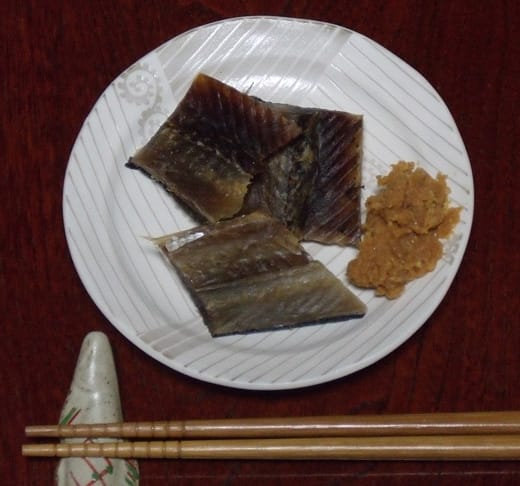
この画像で「中間的な柔らかさ」が判りますでしょうか。
指で押すと結構弾力があります。
これをそのまま(生の状態)で むしりながら 味噌を付けていただきます。
これがまた 旨いのなんの! いやでもお酒がはかどりますな。
ワイルドで懐かしい北海道の味そのものです。
(北海道出身の方でも意外と知らない人が多い様ですが)
こればかりではもったいないので 今年は鰊漬けも作りました。
I wonder if you can tell “the moderately softness” just from the photo.
When you press it with your finger it’ll feel slightly soft.
I tear and eat them raw with Miso( soybean paste)
How good! It speeds up drinking. The taste of Hokkaido.
And I also pickled herrings and vegetables this year.
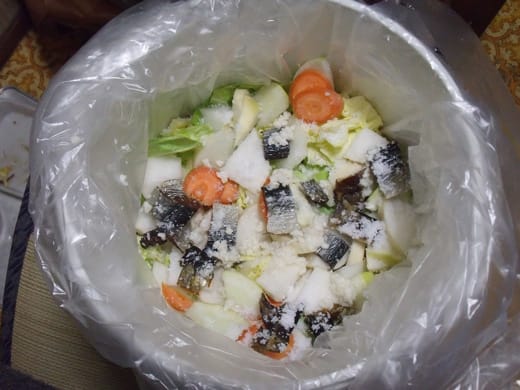
キャベツ1個 大根1本 人参小1本 上記の身欠きを5~6本 塩は総量の5% 麹少々
(この麹がいい旨味を出すんですね)
これらを「鉈(なた)切り」(いわゆる乱切り)にして 漬け込みます。
ひと月ほどで完成 いやはや 今から愉しみです!
Cabbage, Daikon and carrot.. one each. (cut them coarsely)
Herrings the above…5to6 sticks
Salt (5% of the amount)
Some malted rice.
We can eat them in a month. I’m already exited
私が言ういい身欠きニシンとは どんなものか そんな話題です。
こちら内地のスーパーで見る身欠きニシンは(以後身欠きと書きます)
軽く干したかなり生っぽい身欠きか かちんかちんに干し上げた身欠きの二種類がほとんどです。
軽く干した方は単純に焼いて大根おろしで食べる様です。(私はあまり好みません)
カチンカチンの方は米汁などで戻して
「鰊そば」とか「昆布巻き」「甘露煮」などに利用していますね。
(これも好みません 余計ですが......)
私の言うのは上記二種類の丁度中間の干し具合で 熟成させた身欠きです。
この様な身欠きは内地ではほとんど見かけません。
北海道でも食べる人が少なくなったようで 最近は手に入りづらい様です。
随分くどい言い回しになりました。
では「いい身欠き」をどうやって食べるかと云うと これです。
I’ll start to talk about “good dried herrings” posted last time.
We rarely get them in super- markets in Kanto area.
Usually we see half-dried ones, so still row or too much dried here.
The half-dried ones are grilled and served with grated Daikon and soy sauce.
And very dried ones are soaked in water with which we washed rice and are cooked for some dishes such as "Kanroni"(stew them in soy sauce and sugar)
But what I say is moderately dried one and difficult to get even in Hokkaido these days.
Please guess how to eat good ones. This is it.

この画像で「中間的な柔らかさ」が判りますでしょうか。
指で押すと結構弾力があります。
これをそのまま(生の状態)で むしりながら 味噌を付けていただきます。
これがまた 旨いのなんの! いやでもお酒がはかどりますな。
ワイルドで懐かしい北海道の味そのものです。
(北海道出身の方でも意外と知らない人が多い様ですが)
こればかりではもったいないので 今年は鰊漬けも作りました。
I wonder if you can tell “the moderately softness” just from the photo.
When you press it with your finger it’ll feel slightly soft.
I tear and eat them raw with Miso( soybean paste)
How good! It speeds up drinking. The taste of Hokkaido.
And I also pickled herrings and vegetables this year.

キャベツ1個 大根1本 人参小1本 上記の身欠きを5~6本 塩は総量の5% 麹少々
(この麹がいい旨味を出すんですね)
これらを「鉈(なた)切り」(いわゆる乱切り)にして 漬け込みます。
ひと月ほどで完成 いやはや 今から愉しみです!
Cabbage, Daikon and carrot.. one each. (cut them coarsely)
Herrings the above…5to6 sticks
Salt (5% of the amount)
Some malted rice.
We can eat them in a month. I’m already exited











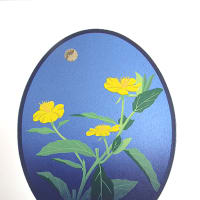
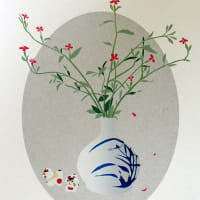

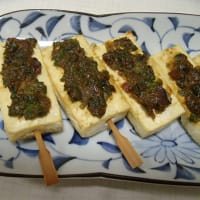
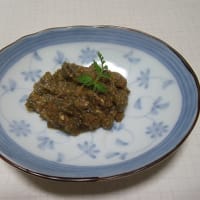
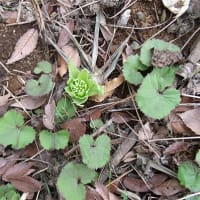
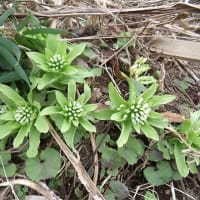


※コメント投稿者のブログIDはブログ作成者のみに通知されます